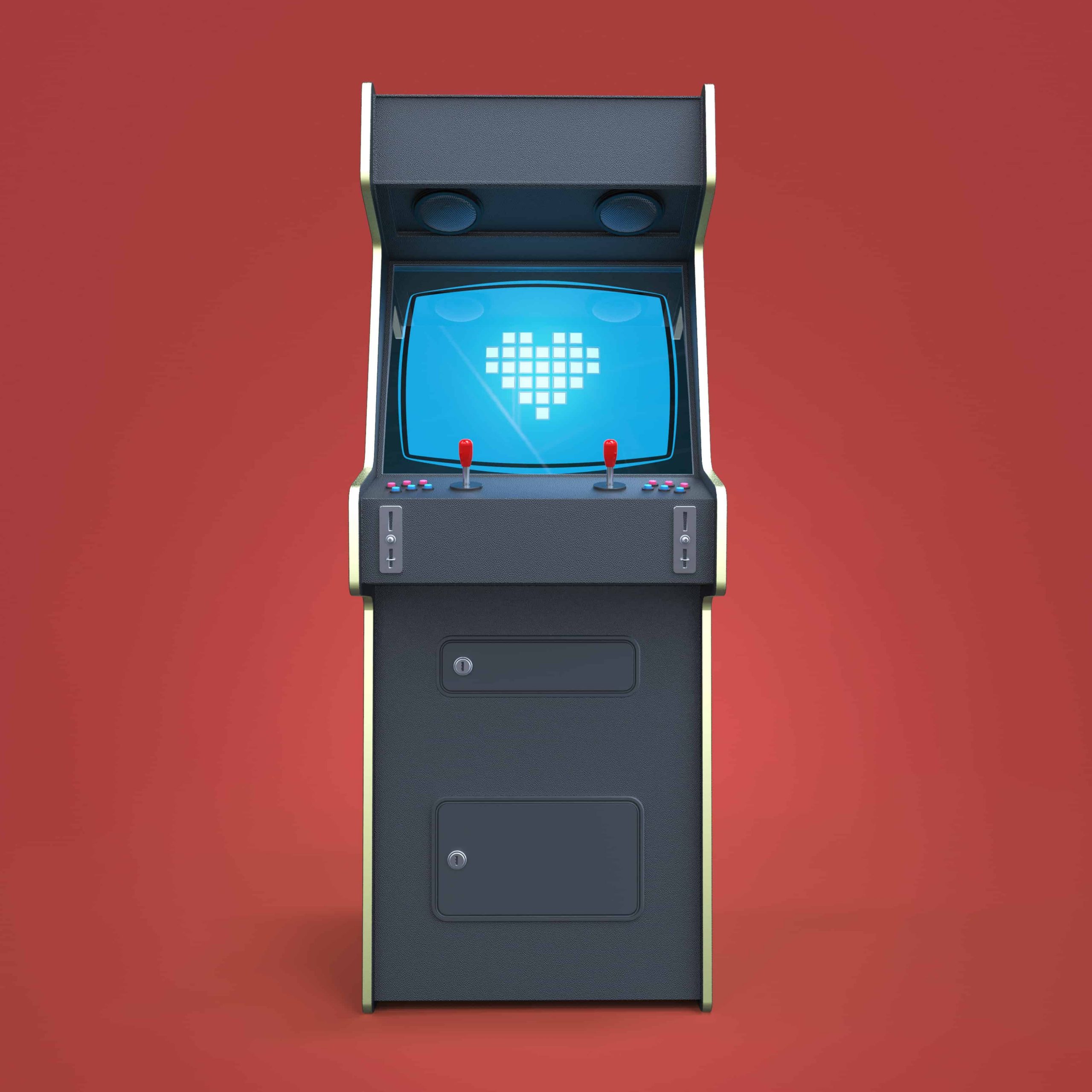Gamification is a bit of a buzz word in the incentive industry these days, but the proof says it’s here to stay. From sales performance to learning initiatives, businesses seem to be “gamifying” just about everything, allowing for higher engagement and increased motivation, all of which helps drive goals.
Unsurprisingly, gamification has been backed by significant data to show that it works. This is all well and good, but where did the idea of games in the business world come from and how did it find its way to where it is today?
In this article, we’ll explore the history of gamification as it relates to business, advertisements, and incentives.
We’ll also show you some fun ways to integrate games into your programs.
Games of the Past
Although the practice of using games to motivate engagement has surfaced in recent years, the idea has been around since the 1960s. Back in those days, gamification took the form of advertisements on the face or sides of pinball machines. However, as advertising with games grew in popularity, slowly but surely it gained complexity as well.
The first documented gamified advertisement appeared in Digital Equipment Corporation’s Moonlander game, released in 1973. The game was just that, a game, but the ad came in the form of a McDonald’s restaurant, which appeared when the lander landed in the right spot.
Silly “advergames” like this persisted until, eventually, more in-depth games were released in the 2000s by companies such as Burger King, Bethesda, and BMW. These more expansive games— which by then had been found to be successful marketing tools—acted mostly as ads or promotions to boost brand awareness.
However, in some cases, these games actually turned a profit for the companies that produced them. For example, in 2006, Burger King sold its PocketBike Racer games for about $4 each. At this point, the practice of gamification as a means of driving engagement had been firmly established, and the only place to go was up.
The Modern Practice
In essence, gamification is simply a way to make the user experience more exciting. Often times, people will skip past ads at the first chance they get. No one wants to be sold something while they’re trying to enjoy the latest Fear the Walking Dead episode! In fact, it’s this precise issue that prompted Google to invent ad blocker.
But what if the ad itself was enjoyable, as enjoyable as watching your favorite show? Or even more so? What if instead of simply watching a commercial about a product, you had viewers interact with a game that required them play to learn more about it? That’s where gamification steps in.
You may say that sounds like a lot of work, but studies have shown that participation in these gamification advertisements actually increases the overall brand awareness of a company. It does not seem to matter that the game they’re playing is actually an advertisement. What’s important is that it’s fun and engaging.
“Incentivgames”
So what does this have to do with incentives? In a word, everything. Differentiation is a big issue for a lot of companies nowadays, especially when it comes to their loyalty programs. According to a Colloquy census, American customer loyalty programs have now topped 3 billion total members. That’s a lot of people, and to be sure, a lot of white noise is created as various companies vie for their attention.
That’s why gamification and reward programs can often act as the difference you need to keep these participants coming back and loving what you provide. For instance, instead of simply giving away rewards to some of your customers or salespeople, a game module that has them play to win can be so much more rewarding and memorable.
Often times, the rewards themselves aren’t enough to get people to engage with a reward program. Instead of letting them disengage, make the process of being rewarded the reward itself. After all, it’s always been about the journey not the destination, right? With gamification, participants can achieve both.
Looking for ways to differentiate yourself or your reward program? Contact HMI at 888.220.4780 or marketing@hmiaward.com to learn more.
Sources:
http://adverlab.blogspot.com/2008/05/history-of-in-game-advertising-and.html
Bernhardt, D. (Jan. 27, 2007). Burger King serves up treat: [Final Edition]. The Phoenix Star.
Largent, C. (May 08, 2016). The Effectiveness of Advergames at Spreading Brand Awareness.
Dredge, S. (Aug. 14, 2015). 20 best new Android apps and games this week; Ninja Jamm, Microsoft Translator, Dreamify, MSTY, Fallout Shelter, Down The Mountain, March of Empires and more. The Guardian
Wisea, K., Bollsa, P.D., Kima, H., Venkataramana, A., Meyera R. (July 1, 2013). Enjoyment of Advergames and Brand Attitudes. Journal of Interactive Advertising. Vol 9 (1), 27-36.
https://www.colloquy.com/latest-news/2015-colloquy-loyalty-census/




